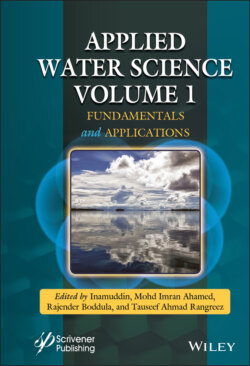Читать книгу Applied Water Science - Группа авторов - Страница 32
2.3.4.2 Advanced Removal Methods
ОглавлениеExcept for some very polar hydrophilic pharmaceuticals such as iodinated contrast media and sulfamethoxazole, most pharmaceuticals can be removed by adsorption of activated carbon (Patel et al., 2019; Wu et al., 2019). Furthermore, pharmaceuticals can also be oxidized through advanced oxidation processes, of which ozonation is the most effective. Due to large pore sizes, low pressure membrane technologies such as ultrafiltration (UF) and microfiltration (MF) cannot effectively retain pharmaceutical compounds. Nonetheless, some hydrophobic pharmaceuticals can briefly adsorb onto the surfaces of MF and UF membranes providing a short-term decrease in concentration. The integration of MF or UF in membrane bioreactor systems does not result in additional removal of pharmaceuticals. On the other hand, high pressure membrane technologies such as RO and NF are effective in separating many pharmaceutical compounds from water (Motsa et al., 2014). The major drawback, however, is that brine with high concentrations of pharmaceutical compounds are difficult to manage post removal. RO, micro-, nano-, and UF have applied in the removal of pharmaceuticals. These are cross-flow filtration systems that use a selective semipermeable membrane. In RO, the pressure gradient between the permeate and feed sides of the membrane is the driving force, while ion repulsion is the major operational force in ultra- and nano-filtration since they use charged membranes (Motsa et al., 2014). To effectively remove pharmaceutical compounds, these physical techniques can be improved by integrating them with electrochemical advanced oxidation. While MF and UF can remove a significant level of pharmaceutical compounds, NF and RO exhibit higher removals (Colburn et al., 2019). Generally, NF has a lower energy demand since it uses lower operating pressures. Other methods like riverbank filtration and soil-aquifer treatment, which are natural processes with long retention times, can be included as extra treatment stages. The removal processes involved in riverbank filtration and soil-aquifer treatment are mainly biotransformation and adsorption.
